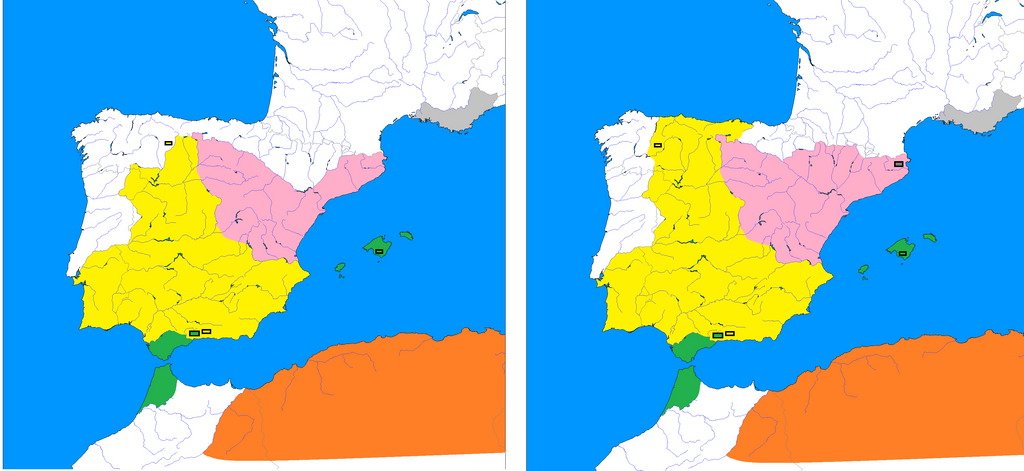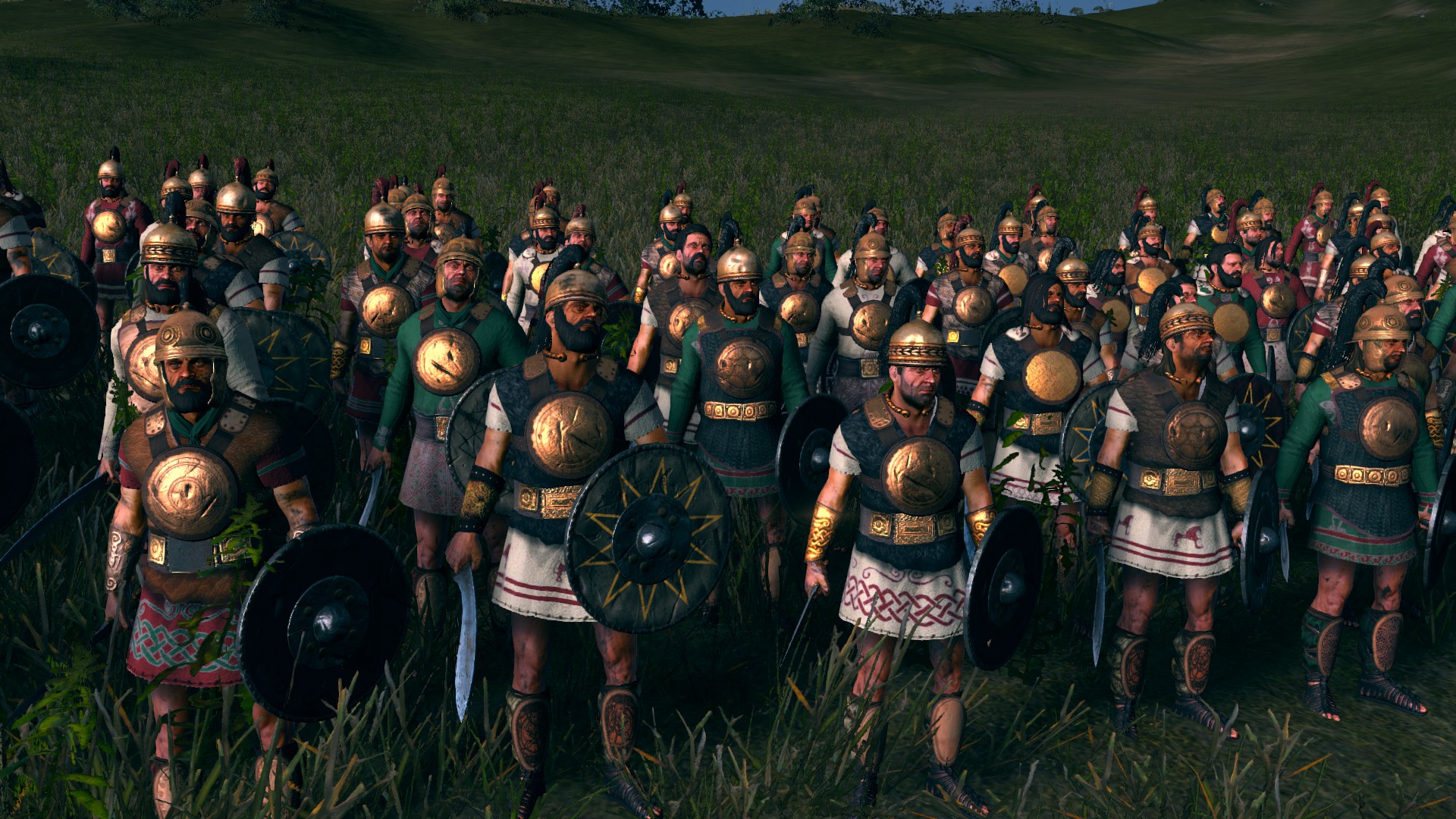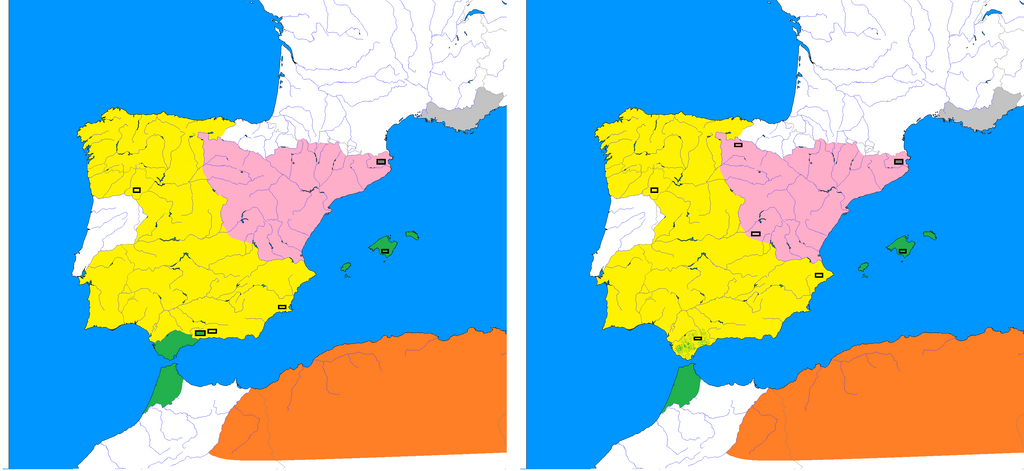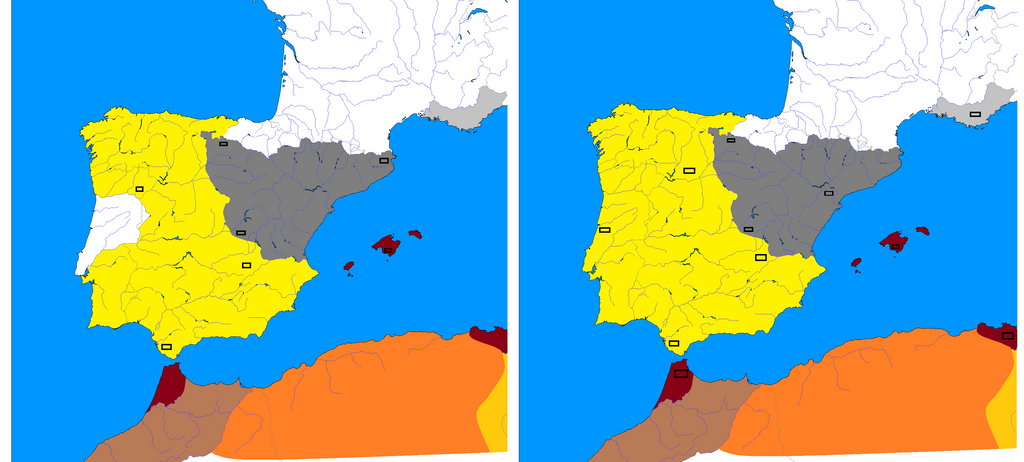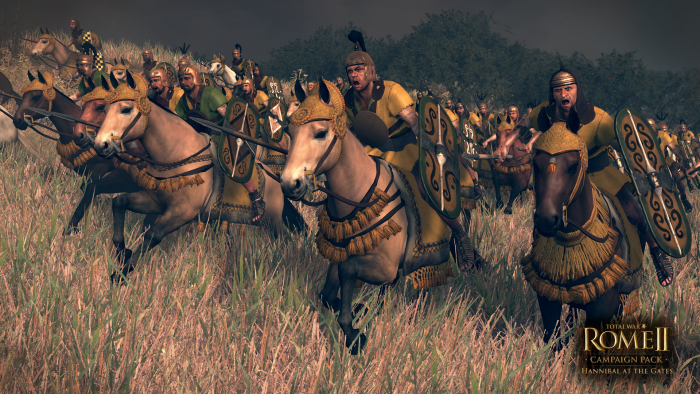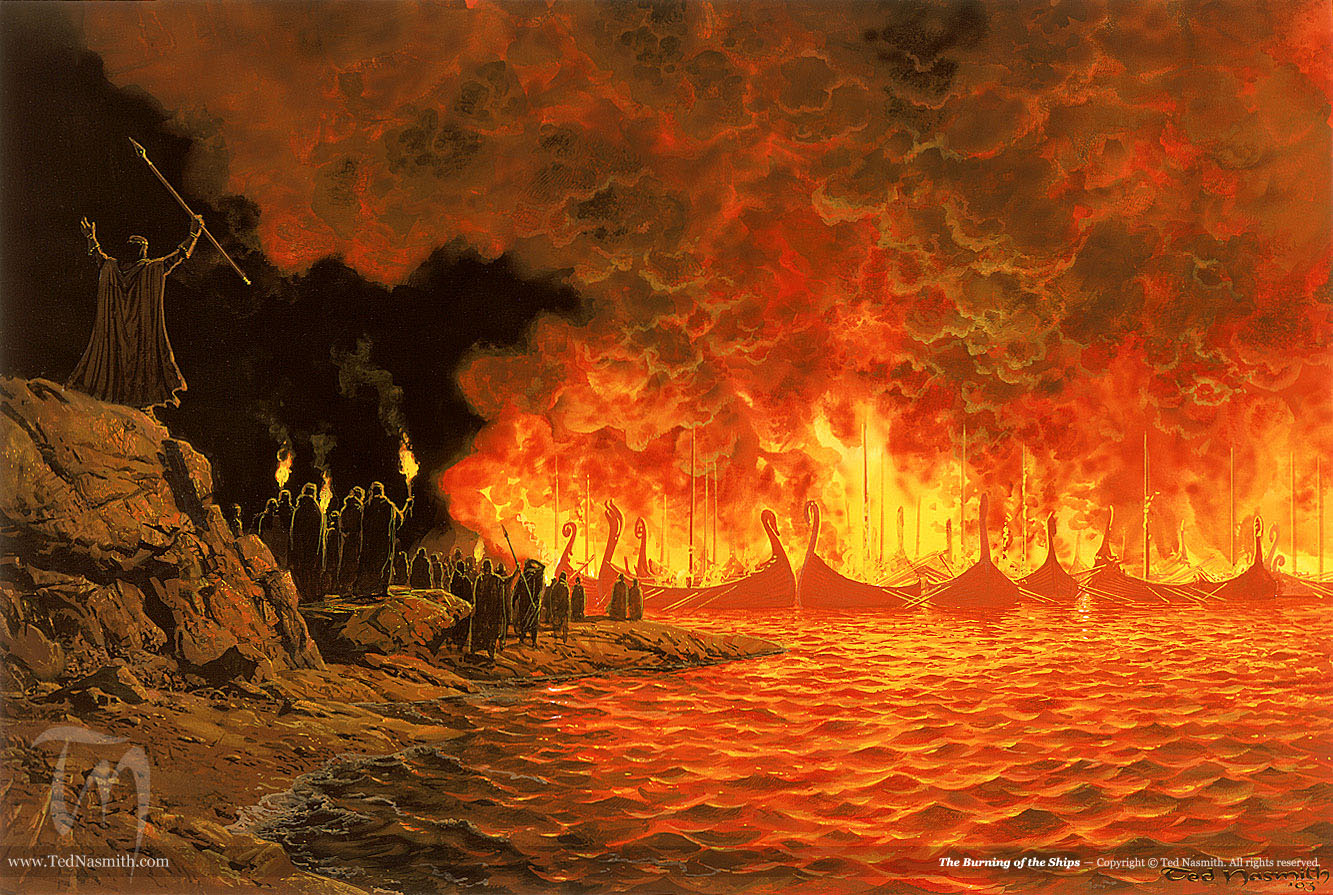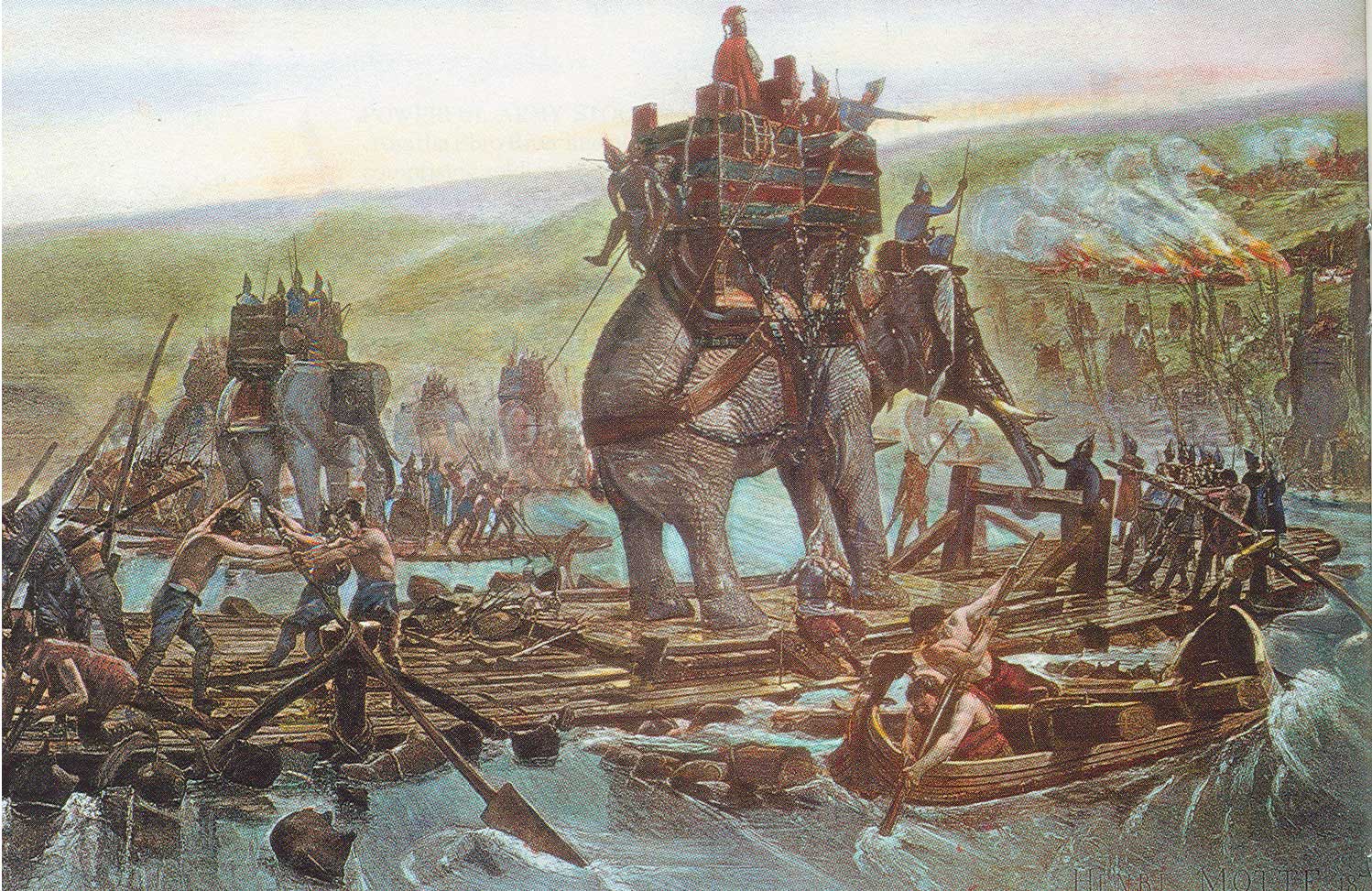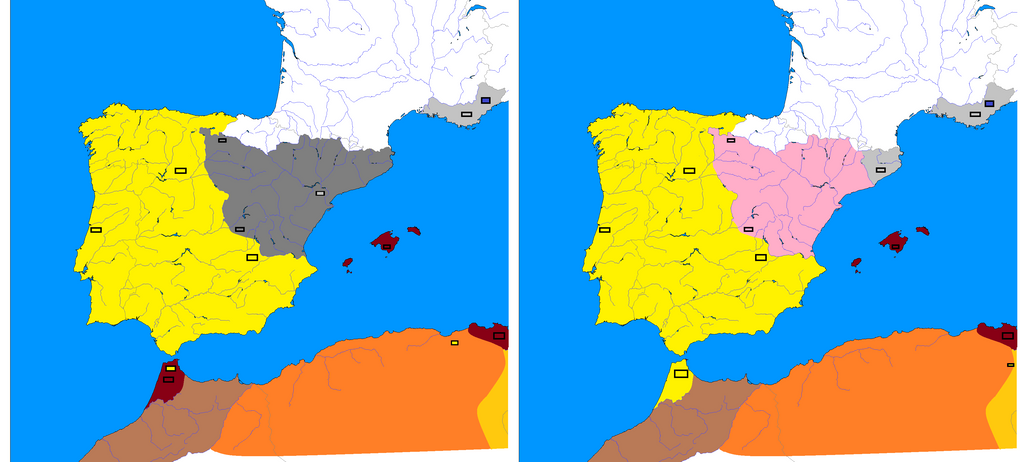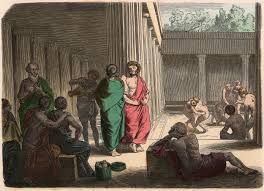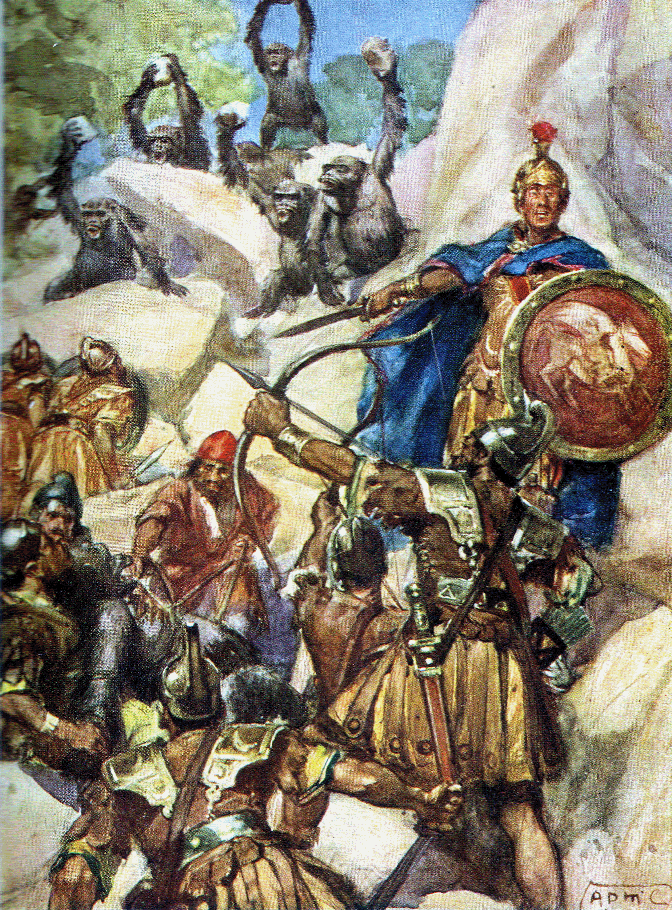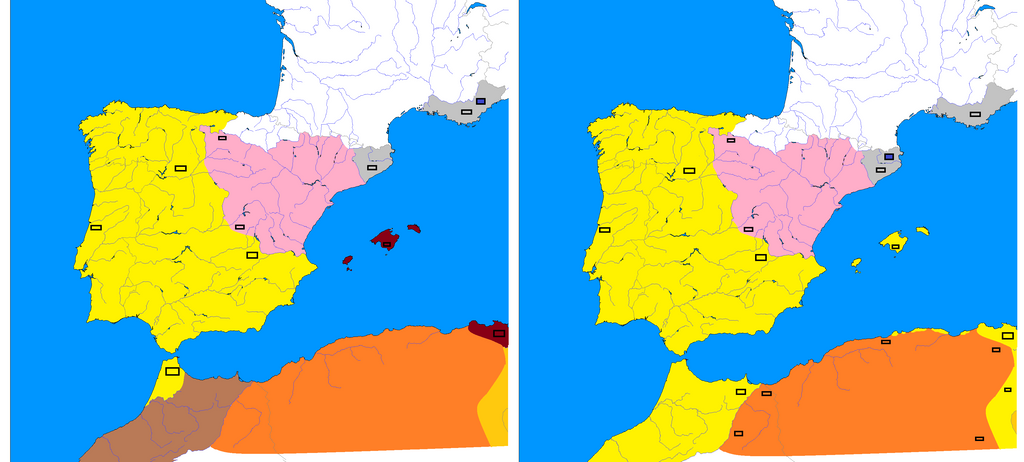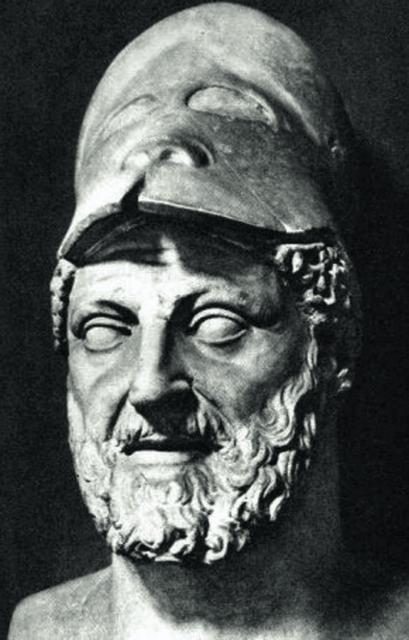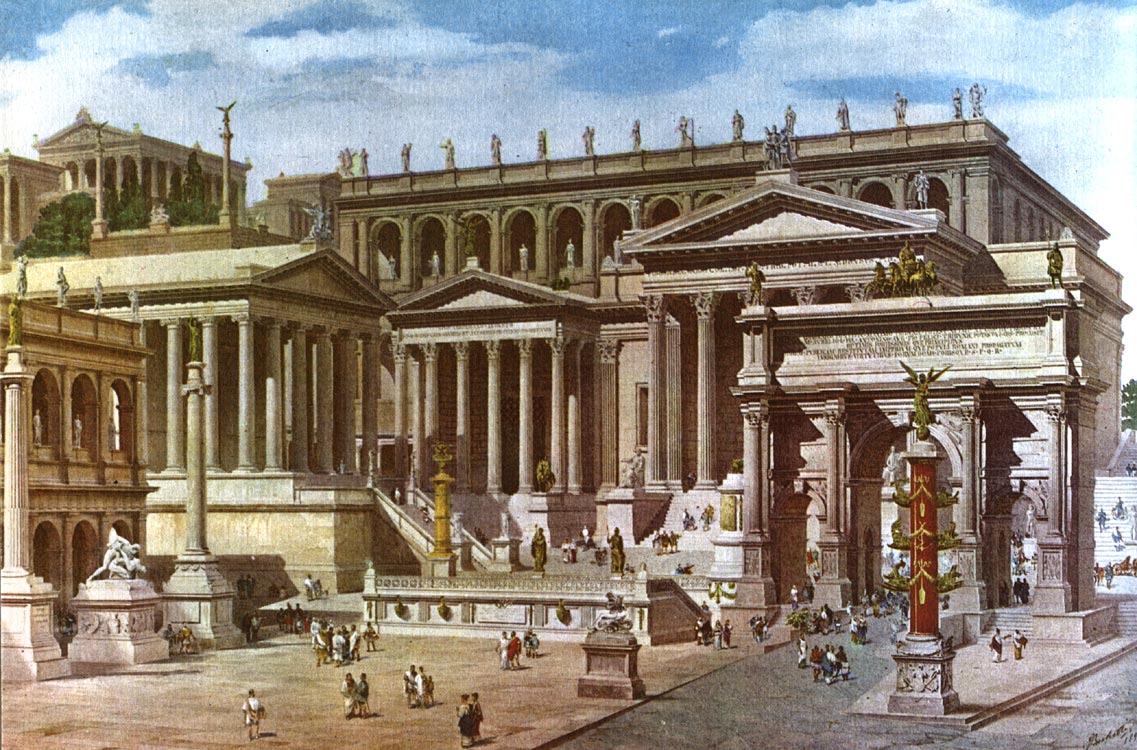Prelude:
It all began with the Punic War (later called the First Punic War but most called it the Roman War or First Roman War) a struggle for more then 20 years (264 to 241 BC) between Carthage and the Roman Republic over the supremacy in Sicily. A great sea-power before the war in the western Mediterranean Carthage still lost the fight after Rome built up a powerful navy, developed strategies and allied itself with local political powers in Sicily (mostly the Kingdom of Syracuse). After the Punic War a treaty between Rome and Carthage force the Carthaginians from Sicily. The Romans lost more manpower, but their Latin Allies and they had more population than the Carthaginians. Carthage had to pay reparations and soon faced another struggle as their mercenary armies demanded their payment. They rebelled, seized Tunis by force and Carthage capitulated to the mercenaries' demands. But then two of the mercenary commanders, Spendius and Mathos, persuaded the Libyan conscripts in the army to accept their leadership, and then convinced them that Carthage would exact vengeance for their part in the revolt once the foreign mercenaries were paid and sent home. They also persuaded the combined mercenary armies (90.000 man) to revolt against Carthage, and various Libyan towns and cities to back the revolt. What had been a hotly contested labor dispute exploded into a full-scale Libyan revolt (later called the Libyan War with up to 70.000 fighting Libyans later in the War) from 240 to 237 BC. The general from the Sicily campaigns Hamilcar Barca, father of Hannibal Barca fought brave but n the meantime the Romans annexed Sardinia and Corsica while Carthage was occupied fighting the Libyans. At the Battle of Tunis the Rebels defeated and injured Hamicar, looted Carthage and forced the once great power to accept their own Dual-Kingdom with Leptis as it's capital. Hanno the Great soon used these circumstances to eliminate all opposition in the Senate of Carthage. The Magonides, responsible for Carthage's expansion into Libya, Sardinia, and Sicily nearly lost all power and Influence and the Barcides of Hamicar were forced to leave the City after their losses to the Libyans and Numidians in Africa. Hanno the Great now the only Shophet after a short Carthagian Civil War and his Hannonid, or Hannonian faction, feared another Roman war and just like Greek Ptolemaic Kingdom in Egypt focused on Africa. New agriculture, industry and alliances and trade with the Numidians, Libyans as well as Rome and Syracuse allowed the Hannonid to once again become a power in Africa. But just like the Diadochy and Hellenistic Empires in the East there now was more than one Carthage. While Phillip V. of Macedon tried to force the Romans out of Illyria while they where occupied with the Gauls in northern Italy another Nation had risen within Iberia. The last Barcids under Hamilcar that had left Carthage westwards, along with some left Numidians and other mercenaries who sided with them in the Civil War, had crossed the Pillars of Hercules and founded his own Kingdom within the Phoenician colonies around Gades in west Andalusia. With his premature death in battle (228 BC) the Barcid Kingdom fell in the hands of his son Hannibal. Hannibal soon conquered the rest of East Andalusia and founded Carthago Nova as a new capital afterwards. Without new Carthage or Phoenician settlers from outside Iberia Hannibal soon allied himself with local tribes and even Greek colonies and cities. Carthago Nova soon became a multicultural but primary Hellenistic state.
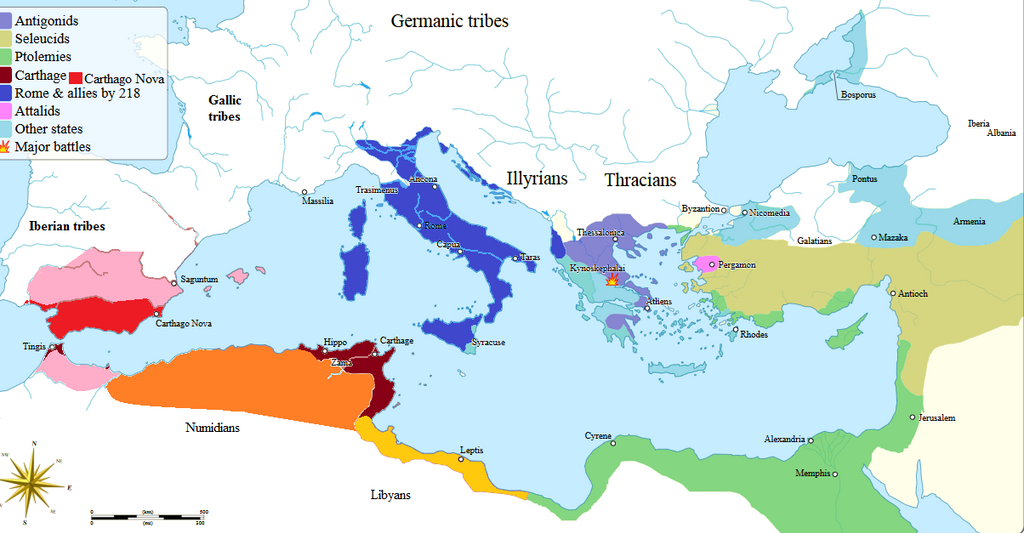
(Map of the major Powers in the Mediterrain as well as the Influrence of both Carthagean Staates in Iberia and Spain in 228 BC)
Hanno the Great was alarmed, as Hannibal after the death of his father now Shophet of Carthago Nova tried to expand his trade with Numidia and Carthage as well as other Iberian factions as well as Massilia in the western Mediterrain. As Hannibal started recruiting more and more Africans and primary Numidians in his Armies Hanno feared the worst. The securing of the silver-road in Iberia seamed to be in Hannibals Interest for his own Kingdom and soon the Iberian War started. Hannibal and his brother Hasdrubal along with their allies the Counei, Turdetani, Bastetani, Oretani and Contestani had started a war against the Celtici, Turduli, Vettones, Carpetani and Vaccaei to annex their lands or force these tribes to become vassals of their Kingdom in 221 to 220. Hanno in Carthage was alarmed about these victories and even the Romans, occupied in other wars saw these events as a potential the rise of another great power in the western Mediterranean. Because of that the Romans declared alliances with the Celtiberi, and Mediterranean cities like Sargunt, Tarraco, Emporion, Rhode and others garanteing their independence against Hannibal. Hannibal was outraged because Hanno now declared the Iberian waters again hegemonic trade routes of Carthage to protect his city from the growing economic power of Carthago Nova while raising an Army in Tingis to reclaim the lost Carthage tribute Cities in Andalusia. Also the Romans tried to bond his movements in Iberia just like they did with his home town of Carthage in Africa. Hannibal saw this as an act of aggression and Hegemonie over all of the western Mediterranean and decided to act. The now beginning Iberian War in 219 was fought between four major powers of the Western Mediterranean; Hannibals Empire of Carthago Nova in the south and east, the free Iberian tribes like the Lusitani, Turduli, Callaeci, Astures, Cantabri and some smaller tribes in the west and nothwest coast of Iberia, the roman allied tribes in the east, primary Celtiberi and Lacetani as well as Hanno's Army that crossed the Pillars of Hercules. But even when the Romans feared Hannibals new Empire in the West they themselves had no Interest in Hanno claiming the Andalusian phoenician Colonies back for Carthage or even reconquering to the Numidians and Libyans lost lands in Africa. Hanno himself raised two other mostly Carthaginian and partly mercenary army in Carthago itself, hoping that a fast victory in Africa and south Iberia could regain his City the status of a major power in the Western Mediterranean. The Romans themselves had four Armies, one in Illyria fighting the Macedon's, one in Sicily ready to cross over to Africa, if Hanno would get to ambitions, one in Sardinia and Corsica to protect these provinces as well as northern Italy against raids from the Celts, Hanno or Hannibal and one to support their allies in Iberia themselves, should Hannibal attack them. The conflict was fueled by the Roman allies in Iberia that attacked tribes allied or under the protection of Hannibal as well as Hanno's Army attacking the south. Hannibal ordered his brother Hasdrubal to secure Andalusia and Carthago Nova while he started a campaign to secure the northeast as well as fighting back any Roman expedition force trying to expend the Roman influence in Iberia. In the meantime Phillip V. of Macedon saw these war in the west as a excellent Opportunity to become the Hegemon over all of Greece and Illyria while the Balearic people where torn apart between supporting Hanno or Hannibal.
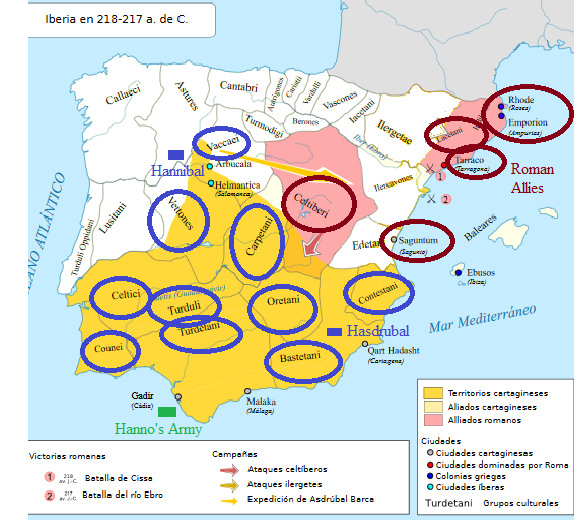
(Map of the major Factions in the beginning of the Iberian War)
It all began with the Punic War (later called the First Punic War but most called it the Roman War or First Roman War) a struggle for more then 20 years (264 to 241 BC) between Carthage and the Roman Republic over the supremacy in Sicily. A great sea-power before the war in the western Mediterranean Carthage still lost the fight after Rome built up a powerful navy, developed strategies and allied itself with local political powers in Sicily (mostly the Kingdom of Syracuse). After the Punic War a treaty between Rome and Carthage force the Carthaginians from Sicily. The Romans lost more manpower, but their Latin Allies and they had more population than the Carthaginians. Carthage had to pay reparations and soon faced another struggle as their mercenary armies demanded their payment. They rebelled, seized Tunis by force and Carthage capitulated to the mercenaries' demands. But then two of the mercenary commanders, Spendius and Mathos, persuaded the Libyan conscripts in the army to accept their leadership, and then convinced them that Carthage would exact vengeance for their part in the revolt once the foreign mercenaries were paid and sent home. They also persuaded the combined mercenary armies (90.000 man) to revolt against Carthage, and various Libyan towns and cities to back the revolt. What had been a hotly contested labor dispute exploded into a full-scale Libyan revolt (later called the Libyan War with up to 70.000 fighting Libyans later in the War) from 240 to 237 BC. The general from the Sicily campaigns Hamilcar Barca, father of Hannibal Barca fought brave but n the meantime the Romans annexed Sardinia and Corsica while Carthage was occupied fighting the Libyans. At the Battle of Tunis the Rebels defeated and injured Hamicar, looted Carthage and forced the once great power to accept their own Dual-Kingdom with Leptis as it's capital. Hanno the Great soon used these circumstances to eliminate all opposition in the Senate of Carthage. The Magonides, responsible for Carthage's expansion into Libya, Sardinia, and Sicily nearly lost all power and Influence and the Barcides of Hamicar were forced to leave the City after their losses to the Libyans and Numidians in Africa. Hanno the Great now the only Shophet after a short Carthagian Civil War and his Hannonid, or Hannonian faction, feared another Roman war and just like Greek Ptolemaic Kingdom in Egypt focused on Africa. New agriculture, industry and alliances and trade with the Numidians, Libyans as well as Rome and Syracuse allowed the Hannonid to once again become a power in Africa. But just like the Diadochy and Hellenistic Empires in the East there now was more than one Carthage. While Phillip V. of Macedon tried to force the Romans out of Illyria while they where occupied with the Gauls in northern Italy another Nation had risen within Iberia. The last Barcids under Hamilcar that had left Carthage westwards, along with some left Numidians and other mercenaries who sided with them in the Civil War, had crossed the Pillars of Hercules and founded his own Kingdom within the Phoenician colonies around Gades in west Andalusia. With his premature death in battle (228 BC) the Barcid Kingdom fell in the hands of his son Hannibal. Hannibal soon conquered the rest of East Andalusia and founded Carthago Nova as a new capital afterwards. Without new Carthage or Phoenician settlers from outside Iberia Hannibal soon allied himself with local tribes and even Greek colonies and cities. Carthago Nova soon became a multicultural but primary Hellenistic state.

(Map of the major Powers in the Mediterrain as well as the Influrence of both Carthagean Staates in Iberia and Spain in 228 BC)
Hanno the Great was alarmed, as Hannibal after the death of his father now Shophet of Carthago Nova tried to expand his trade with Numidia and Carthage as well as other Iberian factions as well as Massilia in the western Mediterrain. As Hannibal started recruiting more and more Africans and primary Numidians in his Armies Hanno feared the worst. The securing of the silver-road in Iberia seamed to be in Hannibals Interest for his own Kingdom and soon the Iberian War started. Hannibal and his brother Hasdrubal along with their allies the Counei, Turdetani, Bastetani, Oretani and Contestani had started a war against the Celtici, Turduli, Vettones, Carpetani and Vaccaei to annex their lands or force these tribes to become vassals of their Kingdom in 221 to 220. Hanno in Carthage was alarmed about these victories and even the Romans, occupied in other wars saw these events as a potential the rise of another great power in the western Mediterranean. Because of that the Romans declared alliances with the Celtiberi, and Mediterranean cities like Sargunt, Tarraco, Emporion, Rhode and others garanteing their independence against Hannibal. Hannibal was outraged because Hanno now declared the Iberian waters again hegemonic trade routes of Carthage to protect his city from the growing economic power of Carthago Nova while raising an Army in Tingis to reclaim the lost Carthage tribute Cities in Andalusia. Also the Romans tried to bond his movements in Iberia just like they did with his home town of Carthage in Africa. Hannibal saw this as an act of aggression and Hegemonie over all of the western Mediterranean and decided to act. The now beginning Iberian War in 219 was fought between four major powers of the Western Mediterranean; Hannibals Empire of Carthago Nova in the south and east, the free Iberian tribes like the Lusitani, Turduli, Callaeci, Astures, Cantabri and some smaller tribes in the west and nothwest coast of Iberia, the roman allied tribes in the east, primary Celtiberi and Lacetani as well as Hanno's Army that crossed the Pillars of Hercules. But even when the Romans feared Hannibals new Empire in the West they themselves had no Interest in Hanno claiming the Andalusian phoenician Colonies back for Carthage or even reconquering to the Numidians and Libyans lost lands in Africa. Hanno himself raised two other mostly Carthaginian and partly mercenary army in Carthago itself, hoping that a fast victory in Africa and south Iberia could regain his City the status of a major power in the Western Mediterranean. The Romans themselves had four Armies, one in Illyria fighting the Macedon's, one in Sicily ready to cross over to Africa, if Hanno would get to ambitions, one in Sardinia and Corsica to protect these provinces as well as northern Italy against raids from the Celts, Hanno or Hannibal and one to support their allies in Iberia themselves, should Hannibal attack them. The conflict was fueled by the Roman allies in Iberia that attacked tribes allied or under the protection of Hannibal as well as Hanno's Army attacking the south. Hannibal ordered his brother Hasdrubal to secure Andalusia and Carthago Nova while he started a campaign to secure the northeast as well as fighting back any Roman expedition force trying to expend the Roman influence in Iberia. In the meantime Phillip V. of Macedon saw these war in the west as a excellent Opportunity to become the Hegemon over all of Greece and Illyria while the Balearic people where torn apart between supporting Hanno or Hannibal.

(Map of the major Factions in the beginning of the Iberian War)
Last edited:

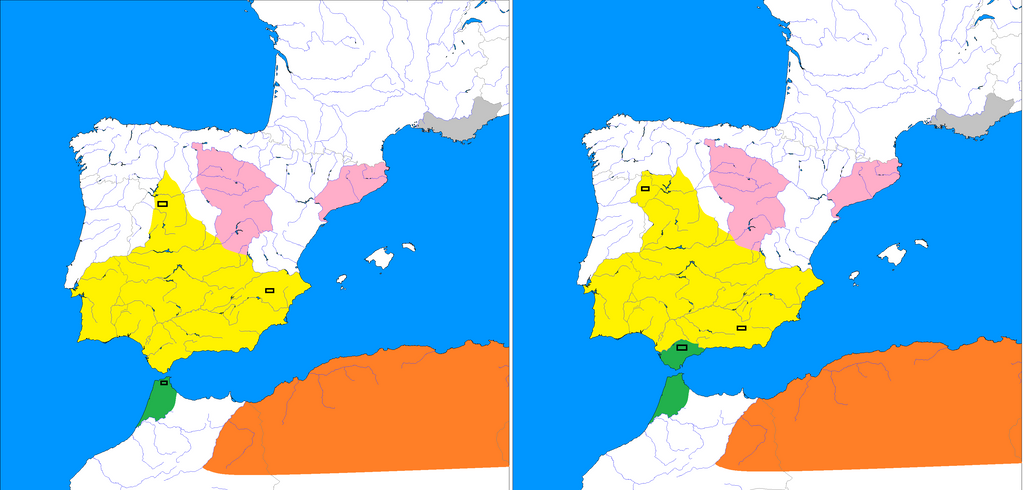
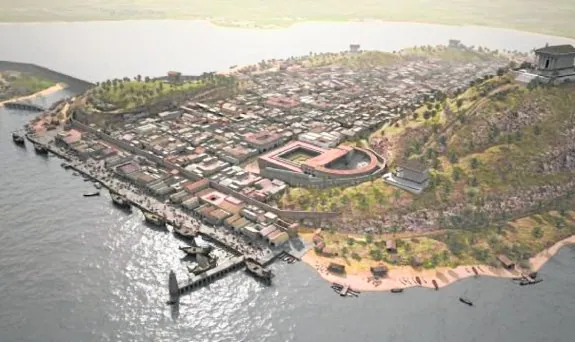
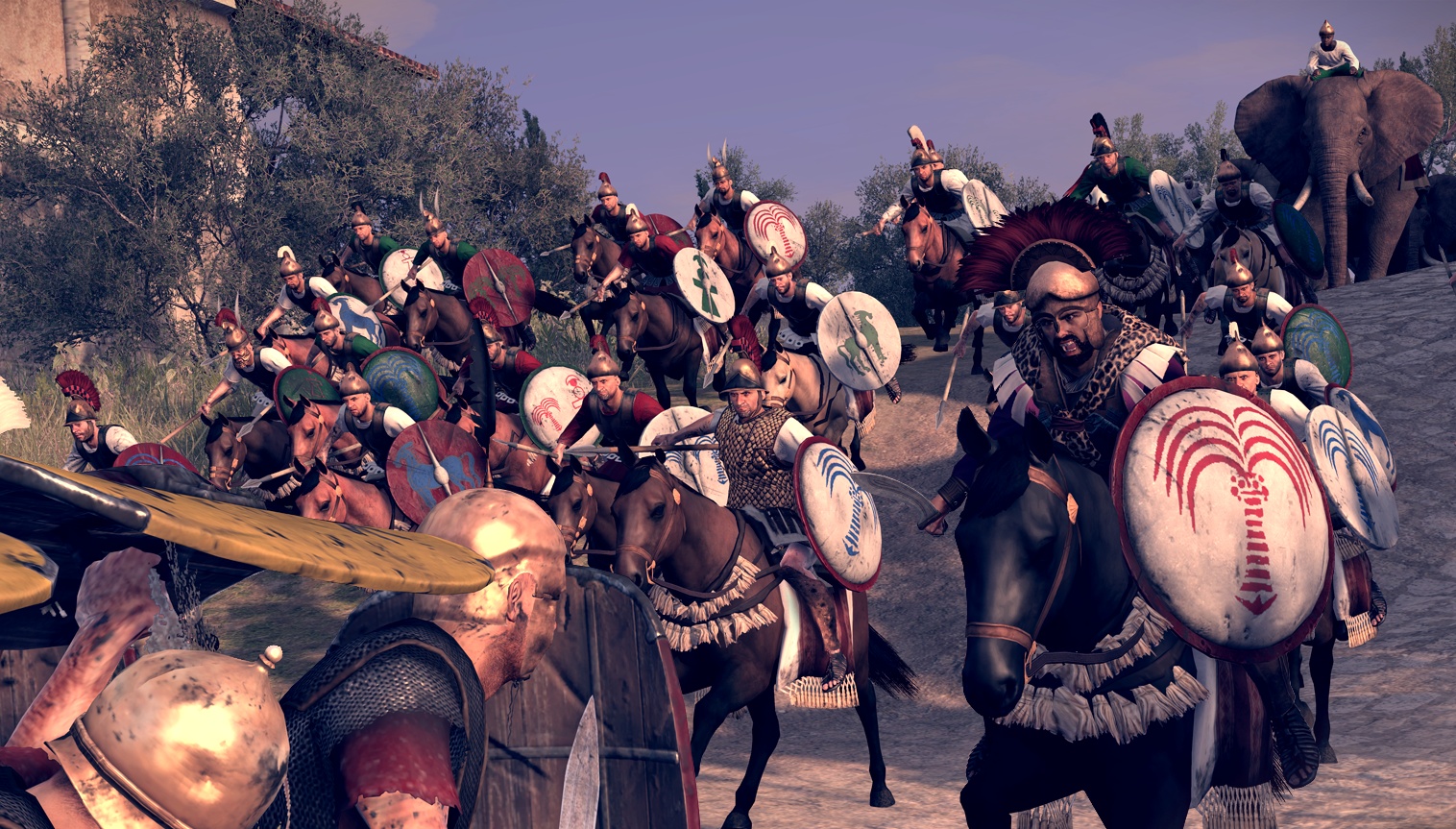
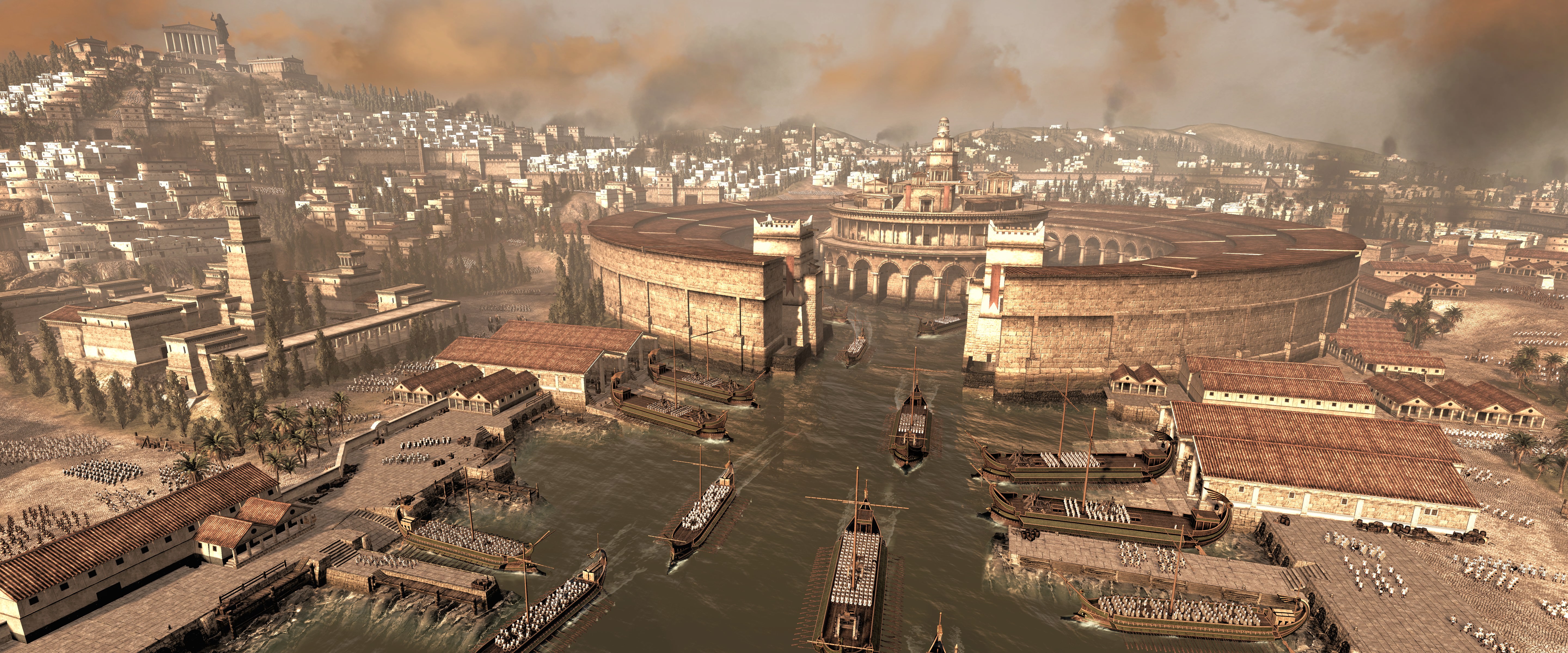
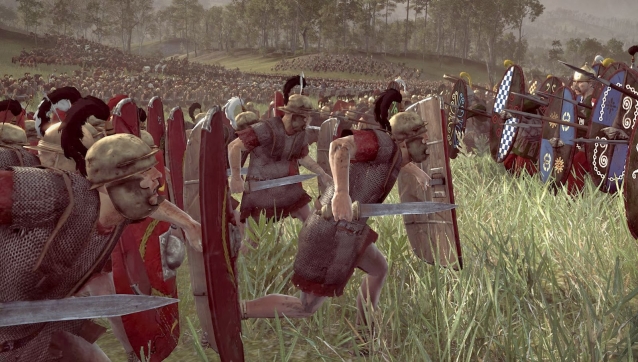
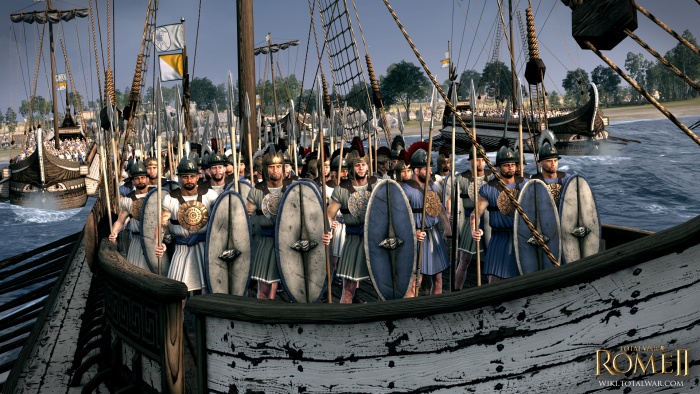
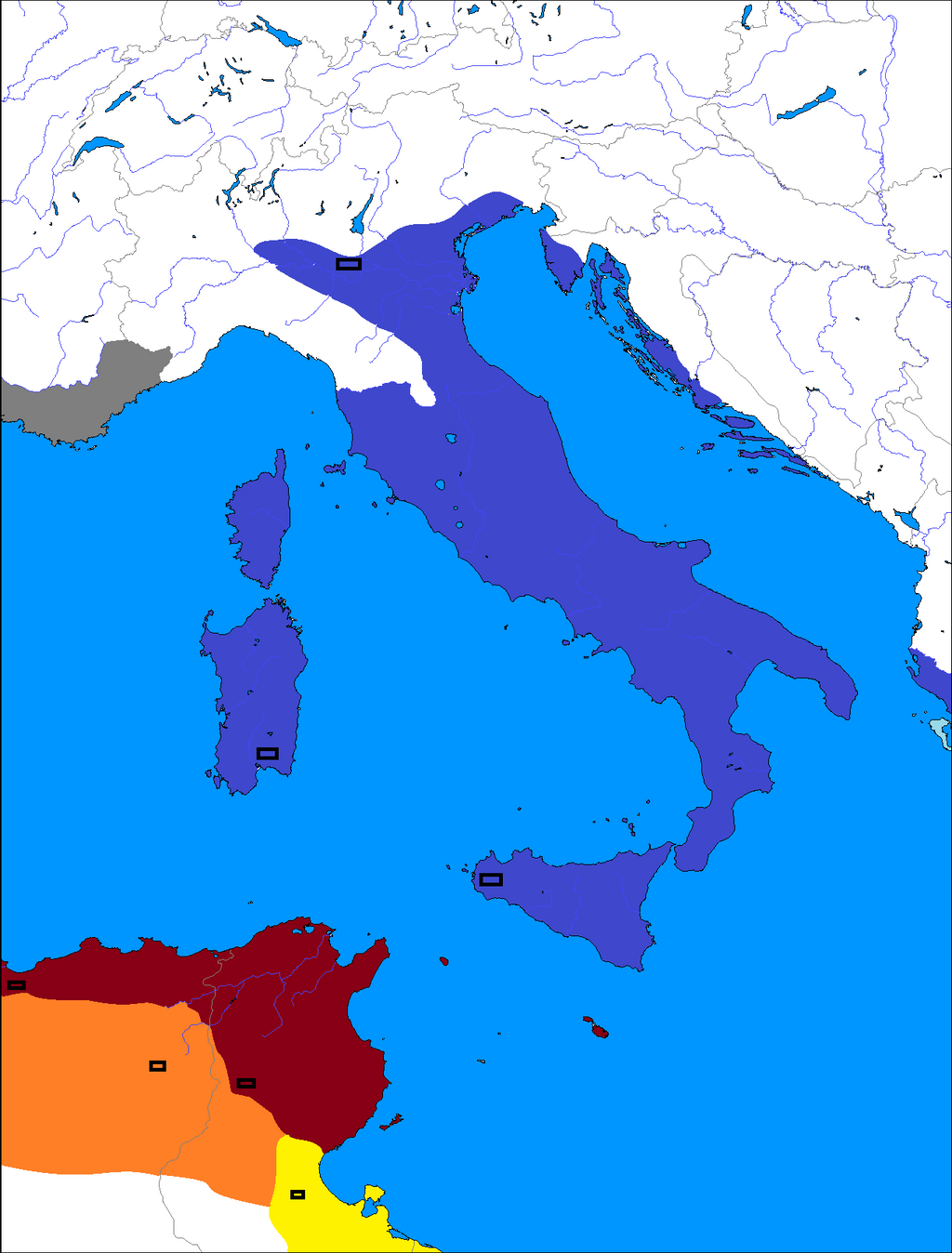



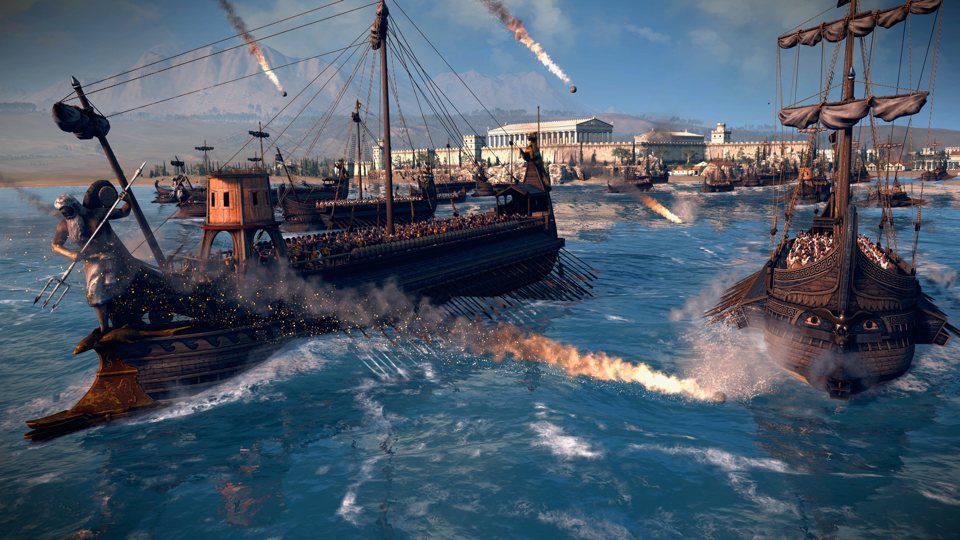


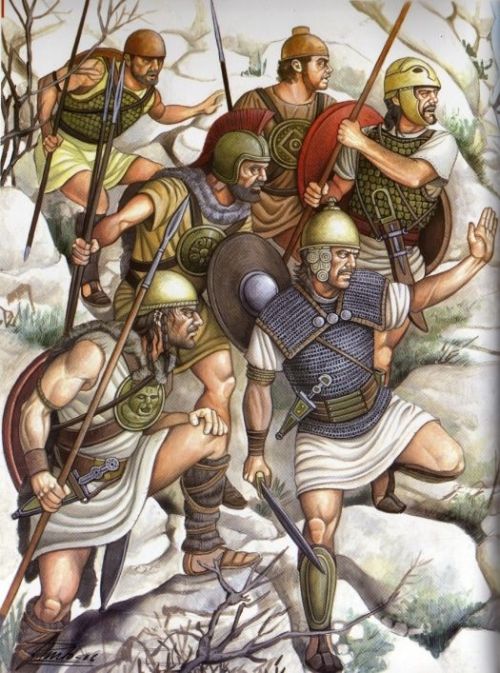
/cdn.vox-cdn.com/uploads/chorus_image/image/4981689/factionrevealcarthage2.0.jpg)
